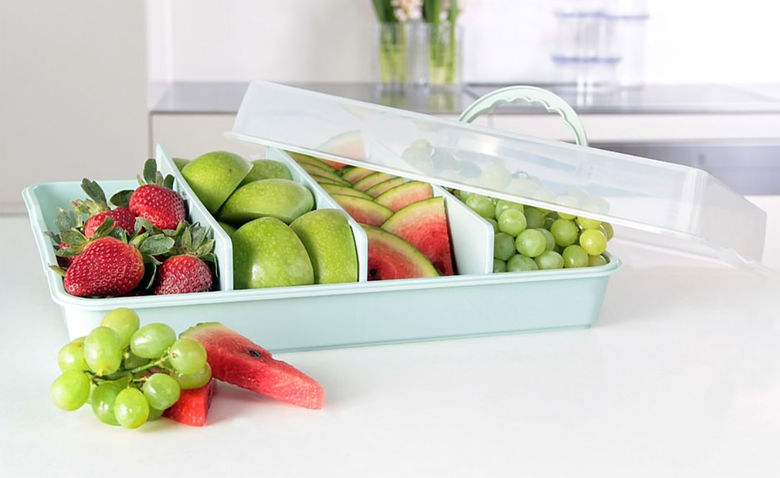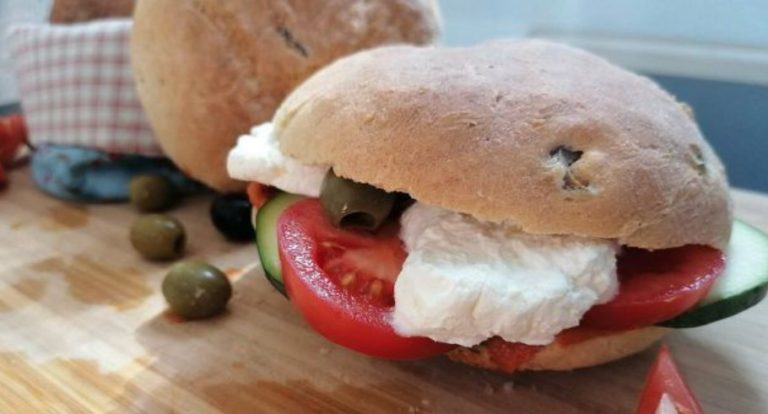Vitamin D is extremely important for our body – and very popular as a dietary supplement. Their manufacturers like to suggest that it is absolutely necessary to use vitamin supplements to meet the vitamin D requirement. What’s behind it? We explain everything you should know about the vitamin.
Vitamin D actually describes a group of D vitamins, of which vitamin D3 is the most important variant. The fact is: our body can produce the fat-soluble vitamin itself with the help of sunlight, but can also absorb it from food. But is this combination enough to provide us with the “sun vitamin”?
What do we need vitamin D for?

Anyone who has ever broken a bone may remember the well-intentioned advice of their doctor that effervescent calcium tablets from the supermarket only help if you combine them with the “installation aid” vitamin D.
The vitamin is particularly responsible for
healthy bones
Strong muscles
strong immune system
Research is currently being carried out into whether vitamin D is also important to support certain functions of the cardiovascular system or to protect us from cancer. The German Society for Nutrition (DGE) created an overview of the current study situation, according to which, among other things, the vitamin D status can have a positive or negative effect on the risk of respiratory infections.
How does our body absorb the vitamin?
Our body can produce vitamin D3 itself from the UV-B light contained in sunlight. All you have to do is go out in the sun with uncovered skin, i.e. without sunscreen, or stay outdoors long enough. How long depends on your skin color and the latitude where you are. Of course, the weather and the time of year and day also play a role. In our latitudes, vitamin D formation is possible from March to October, according to the Robert Koch Institute (Rki).
In any case, it is important to be outdoors regularly and to let the sun touch your skin. The recommendations range from 25 minutes a day (March to October) to five minutes several times a week. The Federal Office for Risk Assessment (BfR) writes: “It is recommended to expose yourself to the sun for a total of approx. 5 to 25 minutes per day with your face, hands and larger parts of your arms and legs uncovered.”
Important: Always keep in mind that staying in the sun for too long without sun protection can lead to sunburn and, in the worst case, to skin cancer. Therefore, do not stay unprotected in the sun for too long at a time.
Vitamin D in winter and vitamin D deficiency
The fact that the sun’s rays are lower in the winter months does not mean that there is an immediate deficiency in vitamin D. The body can store the vitamin D and use these reserves to compensate for the need in the winter months relatively well.
However, if you start the winter with a poorly filled vitamin D store, a deficiency can occur that has a harmful effect on our health. Certain diseases and medications can also inhibit the absorption of vitamin D3.
Vitamin D overdose: side effects

An overdose of vitamin D can only result from the wrong dosage of dietary supplements and vitamin D preparations.
Both Stiftung Warentest and Öko-Test have warned in recent years that vitamin D preparations are often overdosed and mostly unnecessary.
As far as the bones are concerned, the motto “a lot helps a lot” should not be assumed with the preparations, because an overdose does not lead to particularly strong bones, but on the contrary to a leaching of calcium from the bone substance and thus to osteoporosis.
The calcium released from the bones then accumulates in the body’s soft tissues and can thus impair the function of many important organs such as the heart, lungs, muscles, tendons and blood vessels. Kidney problems can also develop as a result, such as kidney calcification or the formation of kidney stones. In the long term, overdosing can even lead to kidney failure.
Other possible symptoms of a vitamin D overdose:
Constipation, abdominal pain and vomiting
loss of appetite and weight loss
high blood pressure
psychoses
headache
muscle and tendon pain
fatigue
confusion
dizziness
If you take vitamin D supplements, you should take these symptoms seriously because they can lead to serious physical impairments in the long term.
Daily requirement of vitamin D
Although vitamin D3 has such important functions in the body, a daily dose of just 20 micrograms is enough to cover our daily needs. However, it is possible to cover 80 to 90 percent of the daily vitamin D requirement in our latitudes by spending time outdoors, so that the requirement actually taken up with food (or with food supplements) is usually lower.
The BfR writes that an intake of 20 micrograms per day is only recommended “if the body does not produce vitamin D itself”.
With age, however, the body’s ability to produce the vitamin from sunlight decreases, but at the same time the need for it increases with regard to osteoporosis and mobility. It therefore makes sense for seniors to have regular medical examinations and advice on whether it is necessary to take vitamin supplements.
Unfortunately, the way we live today means that many Germans are not optimally supplied with vitamin D because they spend less and less time outdoors. But that doesn’t mean that you have to take nutritional supplements right away – and certainly not on your own.
The consumer center writes, citing a study by the Robert Koch Institute (Rki) from 2019: “Most Germans are far from a clinical vitamin D deficiency, which also has health effects.”
The German Society for Nutrition (DGE) only recommends vitamin D preparations if an improvement in the vitamin D status cannot be achieved either through self-synthesis or through diet.
Which foods contain the vitamin?
You can get around 10 to 20 percent of the vitamin D you need from food. Because it is fat-soluble, the sun vitamin is particularly found in
fatty fish such as salmon and herring
Liver (cod liver oil or beef liver)
egg yolk
Mushrooms, for example chanterelles and button mushrooms
Cheese like Gouda
There are also foods, such as dairy products and margarine, that contain added vitamin D.
Vitamin D test: for “reasonable suspicion”

Anyone who doubts that their own body is sufficiently supplied with vitamin D can have this tested by a doctor.
However, the BfR recommends: “Since a large proportion of the healthy German population cannot be assumed to have a vitamin D deficiency, the vitamin D supply should only be determined if there is reasonable suspicion of a deficiency situation or in persons at risk.”
In any case, before you reach for tablets or other preparations, you should have a vitamin D test done by your doctor. Like all dietary supplements, vitamin D preparations should really only be taken if a deficiency has been diagnosed by a doctor – otherwise you risk serious side effects.
Important to know: If the doctor considers the suspicion of a deficiency to be justified, the health insurance company will take over
cost of the test. According to Oko-Test, a test on your own account costs between 20 and 30 euros.
Anyone who just feels a little listless and tired in winter does not necessarily suffer from a vitamin D deficiency.




























